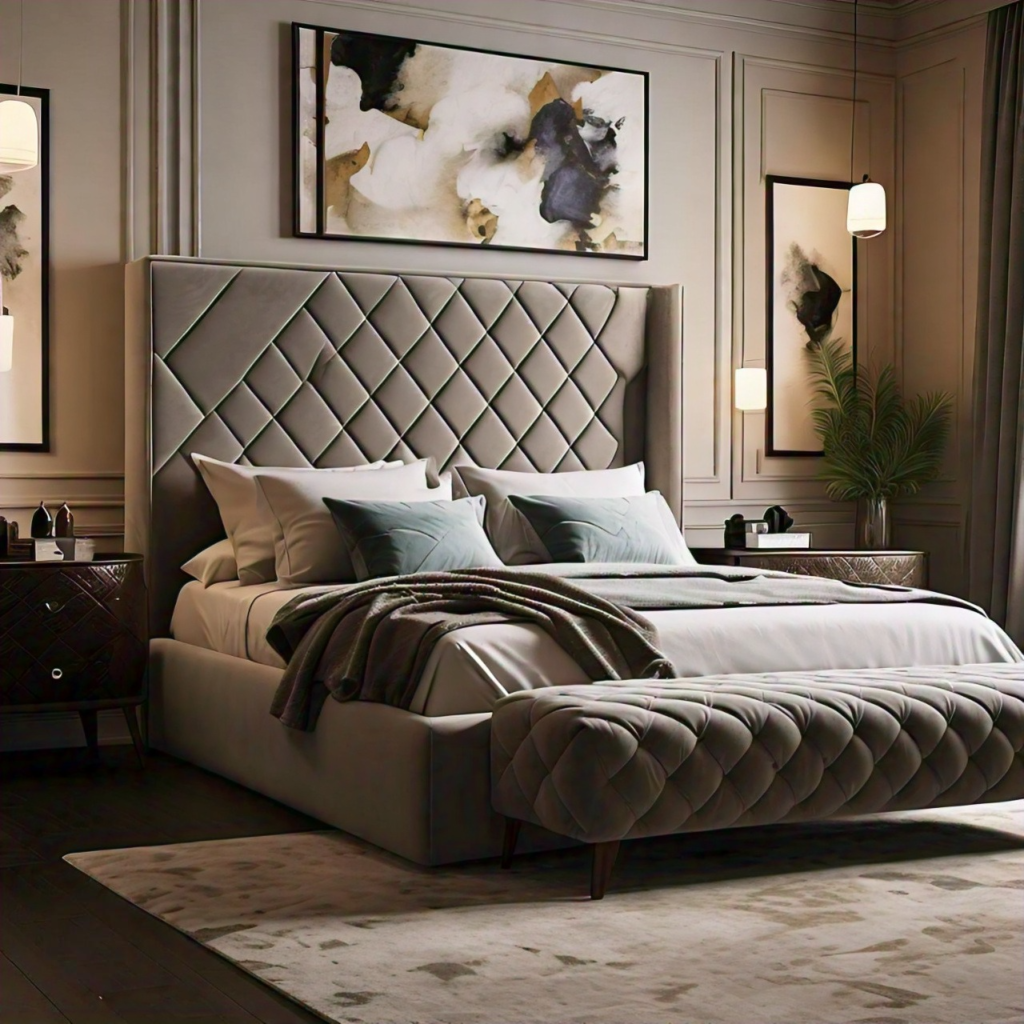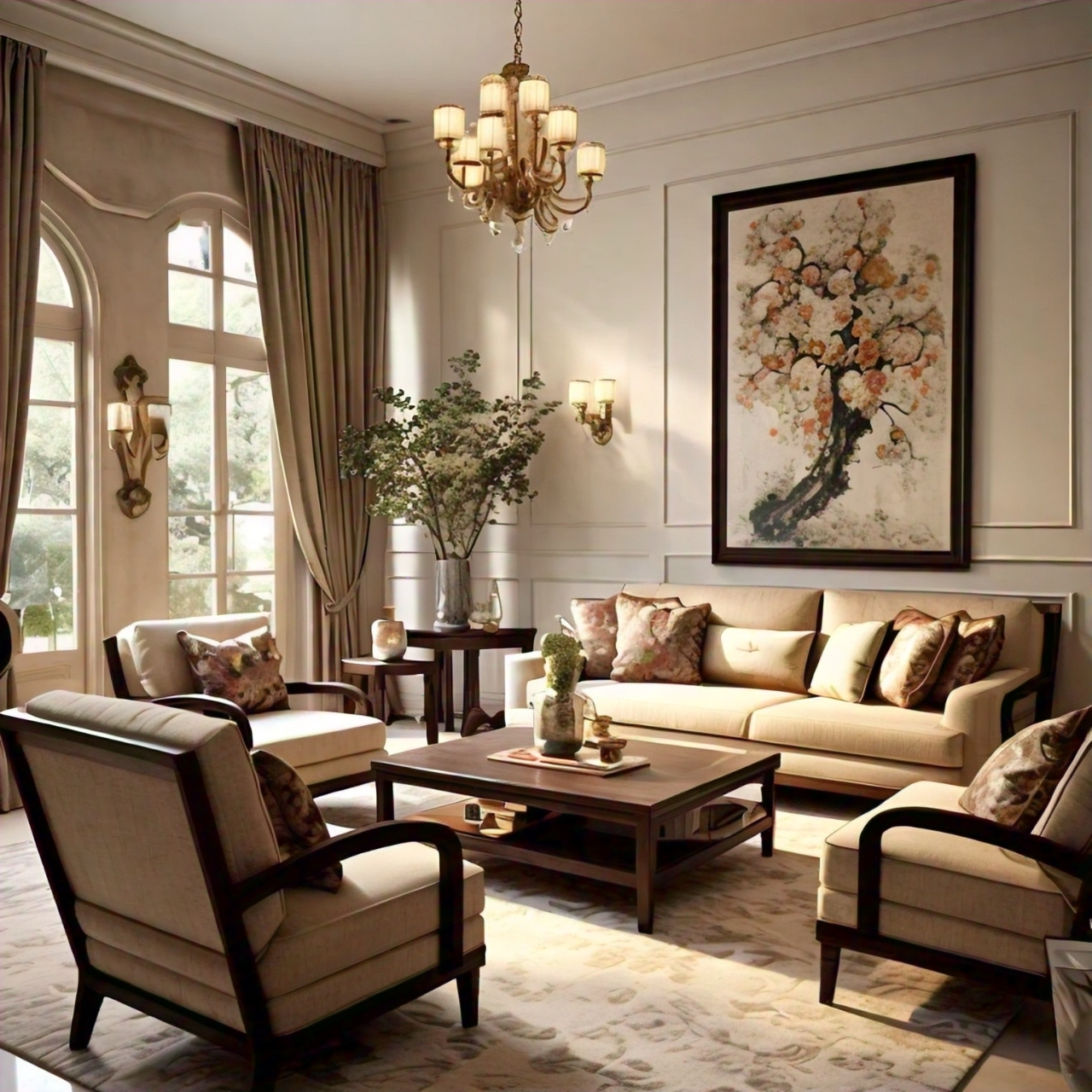Furniture plays a vital role in defining the style and functionality of any living space. The right pieces not only enhance the aesthetics of a room but also improve comfort and utility. Whether you’re furnishing a new home or updating your current space, knowing how to choose the perfect furniture is essential. In this blog, we’ll explore key factors to consider when selecting furniture that complements your home.

1. Understand Your Space
The first step in choosing the right furniture is understanding the space you’re working with. Take measurements of your rooms to ensure the pieces you pick will fit perfectly without overcrowding or leaving too much empty space. Consider the room’s layout and architectural features, such as windows, doors, and focal points like fireplaces. This will help in determining the placement of each furniture piece and how it will interact with the flow of the room.
2. Define Your Style
Your furniture should reflect your personal style and blend well with your home’s decor. Do you prefer modern minimalism, rustic charm, or classic elegance? Once you’ve identified your style, stick to a consistent theme when selecting different pieces. For instance, sleek, low-profile sofas work well in contemporary settings, while wooden, ornate pieces might be more suited for a traditional or vintage-inspired room.
3. Prioritize Comfort and Functionality
While aesthetics are important, comfort and functionality should never be overlooked. Consider how you use each space in your home. For a living room, comfortable seating like a plush sofa or cozy recliner is essential. In the dining area, opt for chairs that are supportive and tables that accommodate your family and guests. Multi-functional furniture, like sofa beds or extendable dining tables, can be great additions, especially for smaller homes.
4. Quality Over Quantity
Investing in quality furniture is always a wise choice. Well-made furniture lasts longer and provides better value over time. Look for pieces made from durable materials such as solid wood, metal, or high-quality upholstery. While it may be tempting to choose cheaper options, well-crafted furniture ensures longevity and fewer replacements down the road.
5. Balance Design with Practicality
Choose furniture that meets your practical needs while complementing the design of the room. For instance, if you have kids or pets, stain-resistant fabrics and sturdy materials will stand the test of time. For small spaces, consider foldable or stackable furniture that maximizes the utility of your home.
